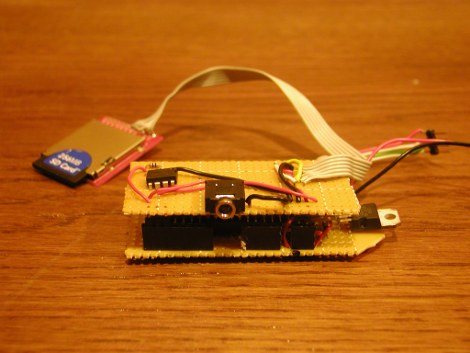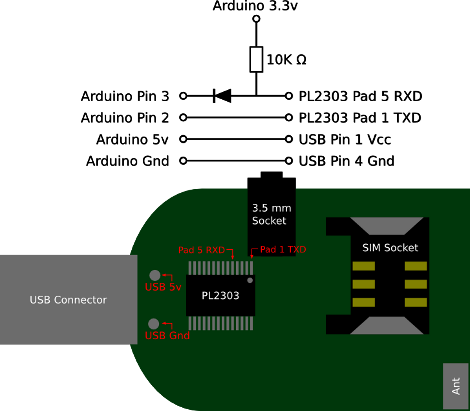The above is a specially designed game controller made by [Giorgos] solely for the RTS game Men Of War (now that’s dedication to a game). [Giorgos] started off with a rough breadboard and 11 buttons. Slowly overtime he included a joystick, countdown timers, and the wonderfully lit case. Under the hood is a couple of PIC microcontrollers multiplexing the switches, LEDs, timers, and also interfacing with the computer via how is it not dead yet PS/2 port. The build log is a very detailed read and well worth it, even if you’re not planning on making a custom controller. [Ben Heck] better watch out, there is a new controller making enthusiast on the loose.
Author: Jakob Griffith269 Articles
Marx Generator, Knocks Our Rocks Off

What weighs more than 500 pounds, produces 500 kilovolts, and we don’t recommend you try at home in any way shape or form? If you guessed a rock disaggregation device, you’re correct! We also accepted lightning generators as correct answers. Using high voltage electricity, a rock can be split apart down to its grains without destroying the precious minerals inside; unlike traditional grinding and mechanical techniques that often ruin the sample. All it takes is a massive hydro pole transformer, five 1uf 100 kilovolt capacitors, eight hand wound inductors, and two massive cojones to stand within 20 feet of the thing while it’s going off. Video after the divide.
Crash Space Takes On The Machine

It’s that time again, time to take on the machine with the Hackerspace, Crash Space (and part two)! The team of Californians set out and successfully turned the front of their building into a musical instrument, similar to [David Byrne’s] Playing the Building. When a pedestrian walks by they set off distance sensors, which in turn actuate mallets that strike particular objects to produce a tone. We were pleasantly surprised at how interactive the installation was, even if it didn’t sound that great. But will it be enough to beat out the previous two teams? And how will it do up against Artisans Asylum’s not what you’re thinking Breakfast Machine next time?
[thanks Deven]
New Dynamic Duo, Arduino And Eclipse

There are a lot of solutions to programing an Arduino: the default avr-g++, Studio, etc. But [Sandeep] let us know about using one of the more powerful IDEs out there, Eclipse, to do the same. We’ve already outlined why Eclipse is a great IDE but now the fact that you can use it in your MCU based projects adds to its usefulness and already large feature list. However, don’t be turned off by [Sandeep’s] tutorial. While it is aimed at people who are completely new to setting up an IDE and working with an AVR, the tips certainly can benefit even the most experienced hacker.
Plantenna: The Plant Antenna

The back story behind [Mike] experimenting with plants as AM radio transmission antennas antennae is rather interesting and worth the short read. But for those who just want the facts, [Mike] took an ATMega324, modified the PWM output into a sinusoidal AM signal (using a simple form of RLC circuitry), and connected the circuit to a plant no plants were harmed in the making of this project. The results? Well we’re not ones who would spoil the surprise, you’ll have to see for yourself in the video after the jump.
Homemade Music Player

Sadly, this pocket mp3 wav player doesn’t come close to the capabilities of even an iPod generation 1 yet, but you have to give [Owen] props for making it in less than 24 hours. The system consists of a Propeller MCU (cleverly wired to be swappable with “shields” similar to Arduino systems), SD card for song storage, and an LM386 for audio. While the setup is a little dull, and only plays through songs non stop with no controls whatsoever, it certainly is a good start in the right direction for a cheap and simple portable music player. Of course some planned changes are in the works, include an accelerometer (gesture based controls?), etched PCB, docking station, and a case. We’re surprised there is no form of screen planned, considering Owen appears to have a rather good handle on touch interfaces; perhaps he’s waiting for revision 3.













